Shengjie Xu
Watertox: The Art of Simplicity in Universal Attacks A Cross-Model Framework for Robust Adversarial Generation
Dec 20, 2024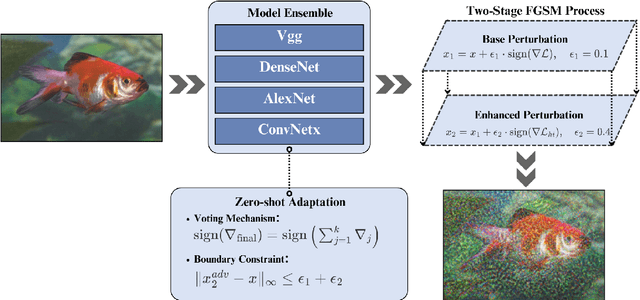
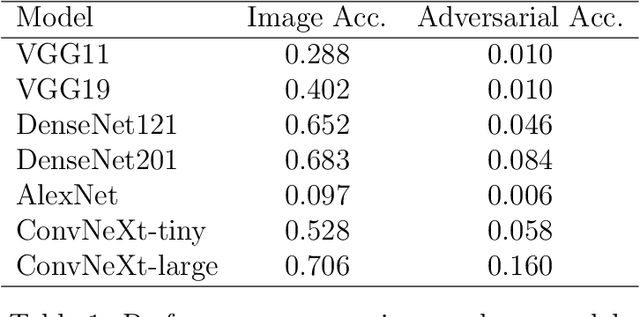

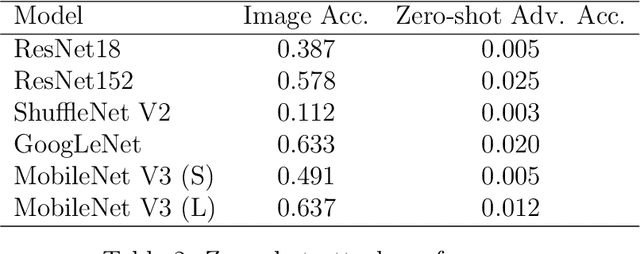
Abstract:Contemporary adversarial attack methods face significant limitations in cross-model transferability and practical applicability. We present Watertox, an elegant adversarial attack framework achieving remarkable effectiveness through architectural diversity and precision-controlled perturbations. Our two-stage Fast Gradient Sign Method combines uniform baseline perturbations ($\epsilon_1 = 0.1$) with targeted enhancements ($\epsilon_2 = 0.4$). The framework leverages an ensemble of complementary architectures, from VGG to ConvNeXt, synthesizing diverse perspectives through an innovative voting mechanism. Against state-of-the-art architectures, Watertox reduces model accuracy from 70.6% to 16.0%, with zero-shot attacks achieving up to 98.8% accuracy reduction against unseen architectures. These results establish Watertox as a significant advancement in adversarial methodologies, with promising applications in visual security systems and CAPTCHA generation.
Impact of Data Snooping on Deep Learning Models for Locating Vulnerabilities in Lifted Code
Dec 03, 2024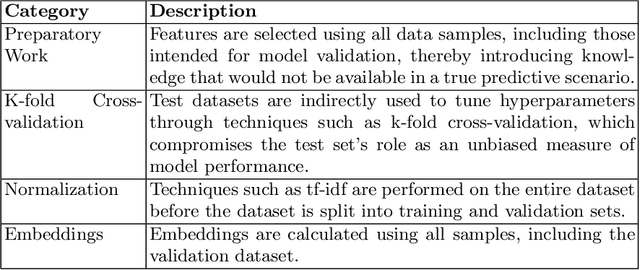
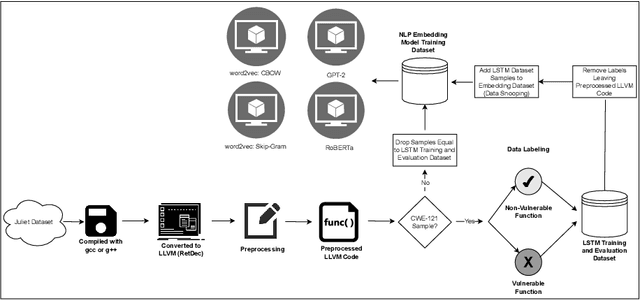
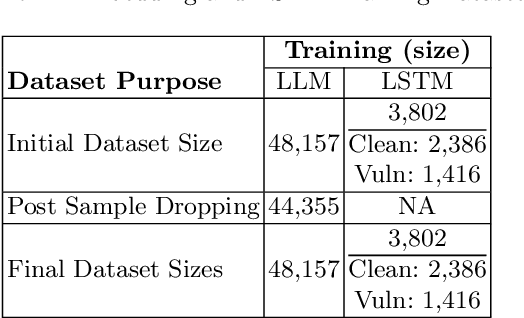

Abstract:This study examines the impact of data snooping on neural networks for vulnerability detection in lifted code, building on previous research which used word2vec, and unidirectional and bidirectional transformer-based embeddings. The research specifically focuses on how model performance is affected when embedding models are trained on datasets, including samples also used for neural network training and validation. The results show that introducing data snooping did not significantly alter model performance, suggesting that data snooping had a minimal impact or that samples randomly dropped as part of the methodology contained hidden features critical to achieving optimal performance. In addition, the findings reinforce the conclusions of previous research, which found that models trained with GPT-2 embeddings consistently outperformed neural networks trained with other embeddings. The fact that this holds even when data snooping is introduced into the embedding model indicates GPT-2's robustness in representing complex code features, even under less-than-ideal conditions.
Comparing Unidirectional, Bidirectional, and Word2vec Models for Discovering Vulnerabilities in Compiled Lifted Code
Sep 26, 2024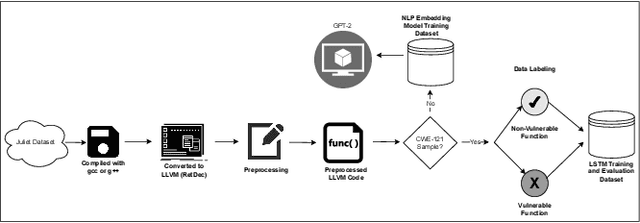

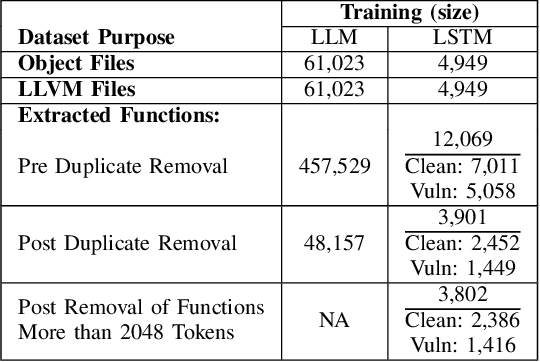
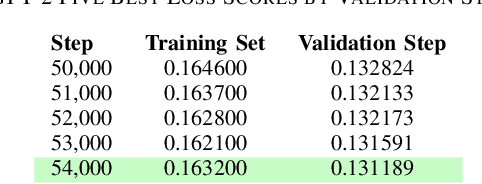
Abstract:Ransomware and other forms of malware cause significant financial and operational damage to organizations by exploiting long-standing and often difficult-to-detect software vulnerabilities. To detect vulnerabilities such as buffer overflows in compiled code, this research investigates the application of unidirectional transformer-based embeddings, specifically GPT-2. Using a dataset of LLVM functions, we trained a GPT-2 model to generate embeddings, which were subsequently used to build LSTM neural networks to differentiate between vulnerable and non-vulnerable code. Our study reveals that embeddings from the GPT-2 model significantly outperform those from bidirectional models of BERT and RoBERTa, achieving an accuracy of 92.5% and an F1-score of 89.7%. LSTM neural networks were developed with both frozen and unfrozen embedding model layers. The model with the highest performance was achieved when the embedding layers were unfrozen. Further, the research finds that, in exploring the impact of different optimizers within this domain, the SGD optimizer demonstrates superior performance over Adam. Overall, these findings reveal important insights into the potential of unidirectional transformer-based approaches in enhancing cybersecurity defenses.
Bi-Directional Transformers vs. word2vec: Discovering Vulnerabilities in Lifted Compiled Code
May 31, 2024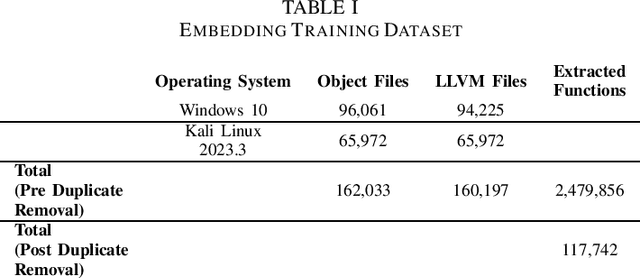
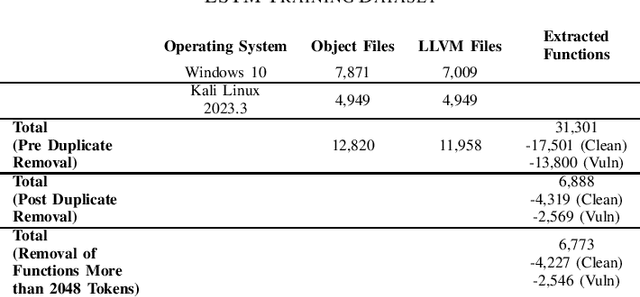
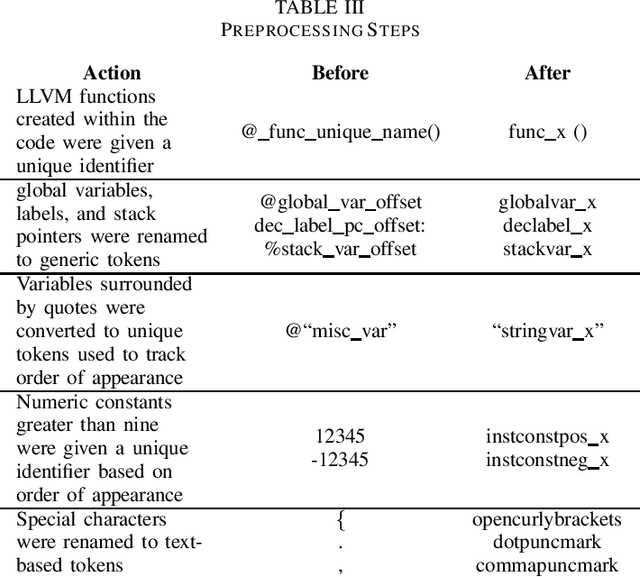
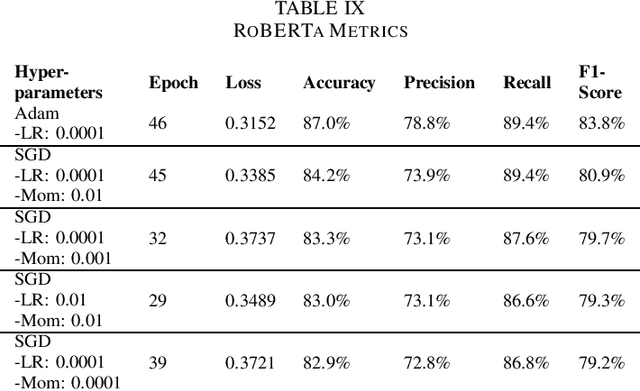
Abstract:Detecting vulnerabilities within compiled binaries is challenging due to lost high-level code structures and other factors such as architectural dependencies, compilers, and optimization options. To address these obstacles, this research explores vulnerability detection by using natural language processing (NLP) embedding techniques with word2vec, BERT, and RoBERTa to learn semantics from intermediate representation (LLVM) code. Long short-term memory (LSTM) neural networks were trained on embeddings from encoders created using approximately 118k LLVM functions from the Juliet dataset. This study is pioneering in its comparison of word2vec models with multiple bidirectional transformer (BERT, RoBERTa) embeddings built using LLVM code to train neural networks to detect vulnerabilities in compiled binaries. word2vec Continuous Bag of Words (CBOW) models achieved 92.3% validation accuracy in detecting vulnerabilities, outperforming word2vec Skip-Gram, BERT, and RoBERTa. This suggests that complex contextual NLP embeddings may not provide advantages over simpler word2vec models for this task when a limited number (e.g. 118K) of data samples are used to train the bidirectional transformer-based models. The comparative results provide novel insights into selecting optimal embeddings for learning compiler-independent semantic code representations to advance machine learning detection of vulnerabilities in compiled binaries.
The Study of Complex Human Locomotion Behaviors: From Crawling to Walking
Nov 12, 2022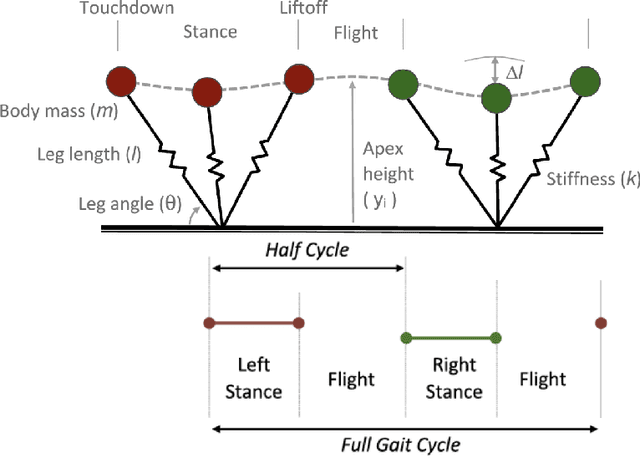
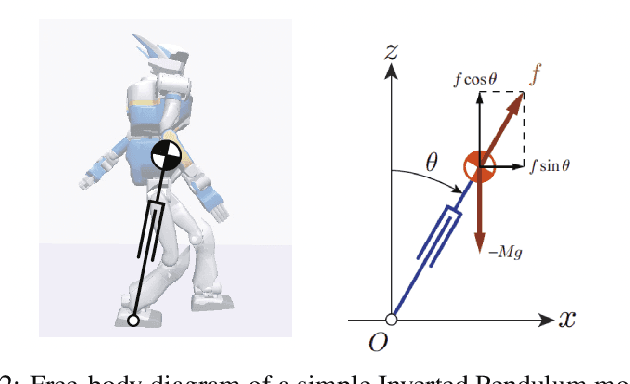
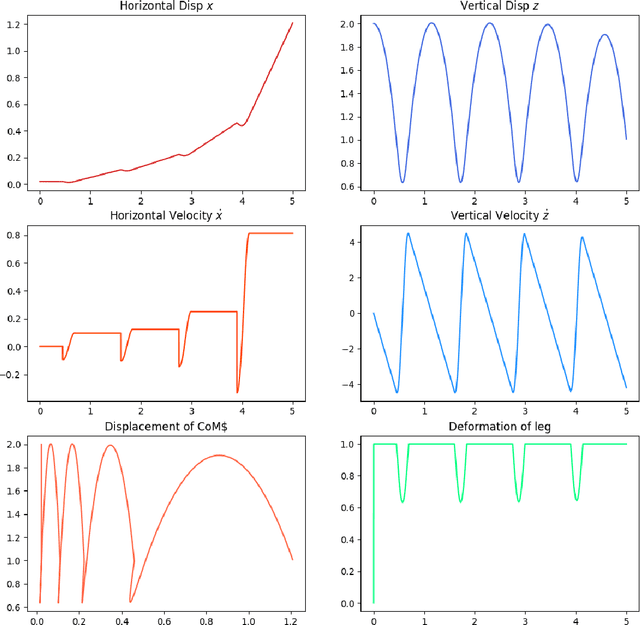
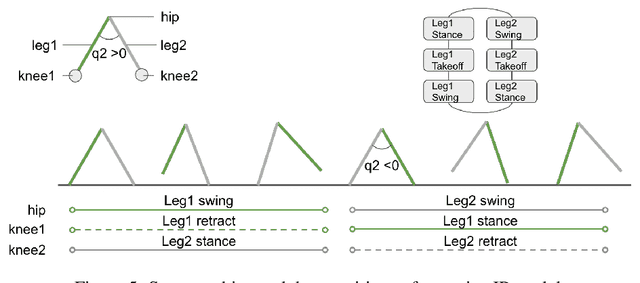
Abstract:This paper uses a simple state machine to develop a control algorithm for controlling an infant humanoid in the context of a simple model system. The algorithm is inspired by a baby who starts learning to stand and walk at 7 to 12 months of age: he or she initially learns to crawl and then, once the lower limb muscles are strong enough, can learn to walk by coming to support his or her upper trunk. Ideally, this algorithm-supported locomotion can take the baby to any desired location: a pile of toys, a tasty snack, or the baby's parents or relatives. In this paper we analyze the crawling stage, the simple 2d bipedal model, and the initial walking form from 8 to 18 months of age, and quantitatively evaluate the ideal kinematics model and simulation results for these stages.
 Add to Chrome
Add to Chrome Add to Firefox
Add to Firefox Add to Edge
Add to Edge